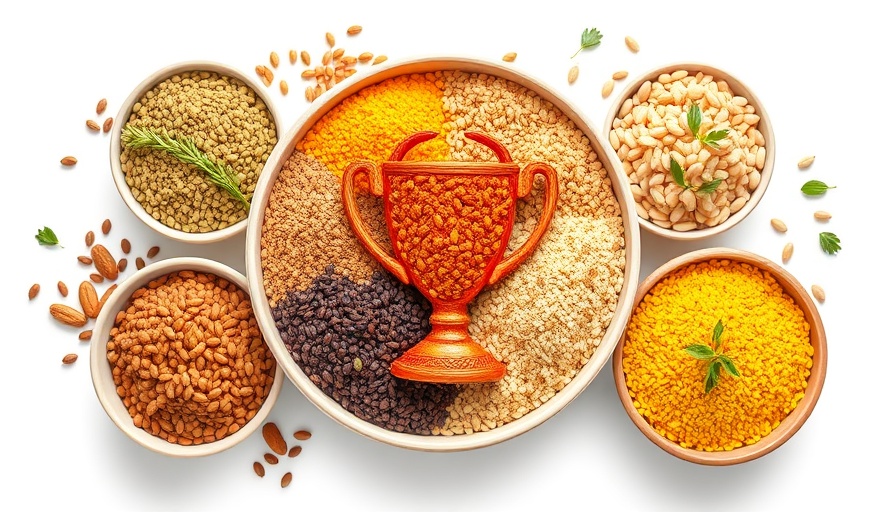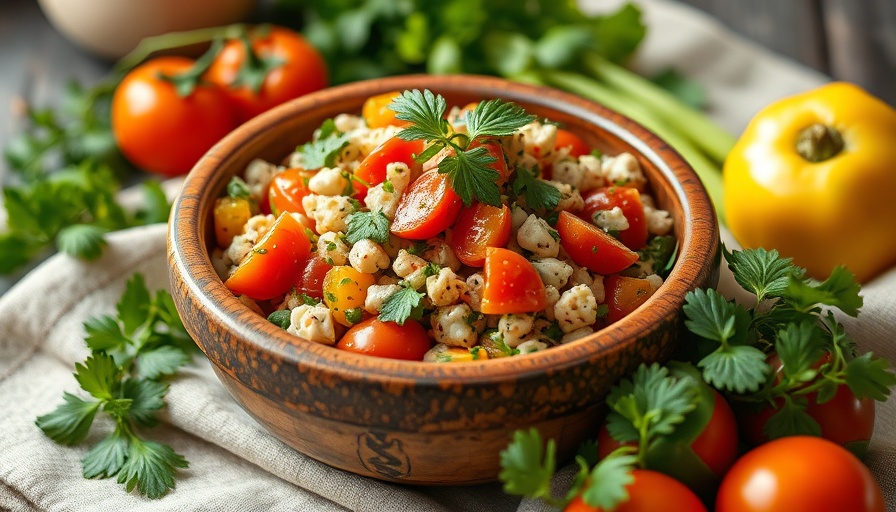
The Rise of Plant-Based Diets: A New Perspective
In recent years, plant-based diets have gained significant traction, with families around the world opting for healthier, more sustainable eating practices. However, emerging research highlights a crucial aspect often overlooked in discussions about nutrition: essential amino acids.
In 'Important! Study Finds New Deficiency In Plant Based Eaters', the discussion dives into essential amino acids, exploring key insights that sparked deeper analysis on our end.
Understanding Essential Amino Acids
For plant-based eaters, understanding the role of essential amino acids like leucine and lysine is crucial. Unlike some nutrients that our bodies can synthesize, these amino acids must be obtained through food. Recent research analyzing the eating habits of long-term vegans in New Zealand revealed that while most participants met their daily protein needs, nearly half failed to meet the requirements for these essential amino acids. This finding underlines that total protein intake alone does not guarantee a complete nutritional profile.
What the Study Revealed
The study, published in April 2025, analyzed detailed food diaries from 193 vegans. It found that while about three-quarters reached their total protein targets, the digestibility of the foods they consumed was a separate concern. This new evidence suggests that enough focus has not been placed on the digestibility of specific amino acids, which is crucial for their absorption and utilization by the body.
Wholesome Food Sources to Boost Leucine and Lysine
Families adopting plant-based diets should not be deterred by these findings but instead encouraged to prioritize the inclusion of foods rich in leucine and lysine. Soy products such as tofu, tempeh, and edamame beans are excellent sources. Additionally, quinoa, lentils, kidney beans, hemp, and chia seeds can effectively contribute to balancing amino acid intake. By making small yet impactful changes to meal plans, families can ensure their loved ones enjoy the benefits of a healthy body.
The Importance of Balanced Nutrition
Prolonged deficiencies in essential nutrients can have serious implications, including adverse effects on muscle maintenance, protein balance, and overall physiological functions. This is particularly vital for growing children and those who are more vulnerable. Therefore, it is imperative for families to be proactive in monitoring their dietary choices and considering how a plant-based diet can be nutritionally sufficient.
Conclusion: A Balanced Approach
As families navigate the growing world of plant-based eating, understanding essential amino acids' roles is fundamental. Through informed choices and a focus on nutrient-dense foods, it's possible to reap the full benefits of a plant-based lifestyle without sacrificing health.
Being part of this evolving dietary landscape can be an enriching experience for families. By leaning into the knowledge gathered from studies like these, families can foster conversations about nutrition, cooking together, and exploring new ingredients. It's time to embrace this new perspective!
 Add Row
Add Row  Add
Add 




Write A Comment